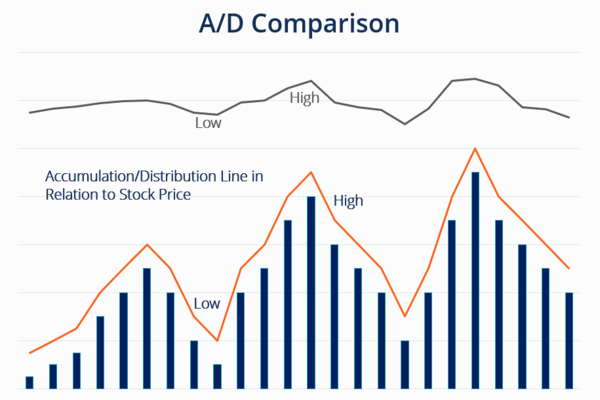Everyone has an understanding of the differences between the NASDAQ and Dow
Jones indices. Today, we have compiled a complete list of relevant materials for
your reference and use. We hope it will be helpful to you.

Definition and History
The Nasdaq and Dow Jones indices are both important indices in the US stock
market. The NASDAQ Index is published by the NASDAQ Stock Exchange, including
high-tech companies such as technology companies, internet companies, and
biotechnology companies among NASDAQ listed companies. The Dow Jones Index is
published by Dow Jones Corporation, including 30 American blue-chip companies
such as IBM, Microsoft, and Coca-Cola.
The Nasdaq Index was established in 1971, while the Dow Jones Index is even
older, established in 1896. The NASDAQ index emerged during the Dot-com bubble,
and many of its constituent stocks are start-ups with high risk and volatility.
When the Dow Jones Industrial Average was established, its constituent stocks
were mainly industrial stocks, such as railways and electricity. At present,
both indices have become important indicators of global investors'
attention.
Component Stocks and Industries
The constituent stocks of the Nasdaq Index are mainly high-tech companies,
such as technology companies, internet companies, and biotechnology companies.
These companies are characterized by strong growth and innovation but also
correspondingly high risk and volatility. For example, technology giants such as
Apple, Amazon, and Google, as well as biotechnology companies such as Moderna
and Novavax, are all constituent stocks of the Nasdaq Index.
The components of the Dow Jones Index are mainly American blue-chip companies
such as IBM, Microsoft, and Coca-Cola. These companies have a long history and
stable performance, but correspondingly, they have weak growth potential.
Compared to the Nasdaq Index, the Dow Jones Index has a wider industry
distribution, including companies in different fields such as finance,
pharmaceuticals, and retail.
Market Value and Trading Volume
The market value and trading volume of the Nasdaq Index are higher than those
of the Dow Jones Index. This is because most of the constituent stocks in the
NASDAQ index are high-tech companies, which typically have a higher market value
and a larger trading volume. For example, both Apple and Microsoft have market
capitalizations exceeding $2 trillion, while Google and Facebook have market
capitalizations exceeding $1 trillion.
The components of the Dow Jones Index are mostly traditional blue-chip
companies with relatively low market capitalizations and small trading volumes.
For example, Coca-Cola and Procter & Gamble have market capitalizations of
less than $300 billion, while larger financial companies such as JP Morgan Chase
and Goldman Sachs have market capitalizations of less than $500 billion.
Investment Strategy and Risk Return
The investment strategy of the Nasdaq Index is usually a growth-oriented
investment, which involves investing in high-growth and innovative technology
companies in order to achieve high returns. But this also means that investment
risks are high, as these companies have high stock price volatility and may face
various risks, such as market and industry risks.
The investment strategy of the Dow Jones Index is usually value-based, that
is, investing in blue-chip companies with a long history and stable performance
in order to obtain long-term, stable returns. But this also means that the
returns are relatively low, as these companies have weak growth potential and
may face various risks such as market competition and industry
transformation.
Summary
The Nasdaq and Dow Jones indices are both important indices in the US stock
market, representing different investment opportunities and risk returns. The
Nasdaq Index focuses on high-tech enterprises, which have high growth and
innovation capabilities but also face high investment risks. The Dow Jones Index
focuses on traditional blue-chip companies, which have a long history and stable
performance but also have relatively low returns. When investing, one should
choose the appropriate index based on their own risk preferences and investment
goals.







